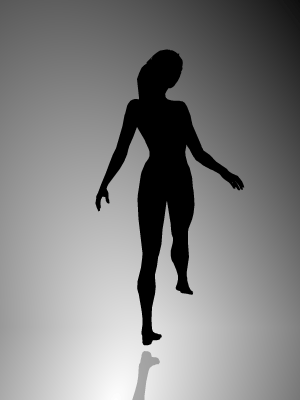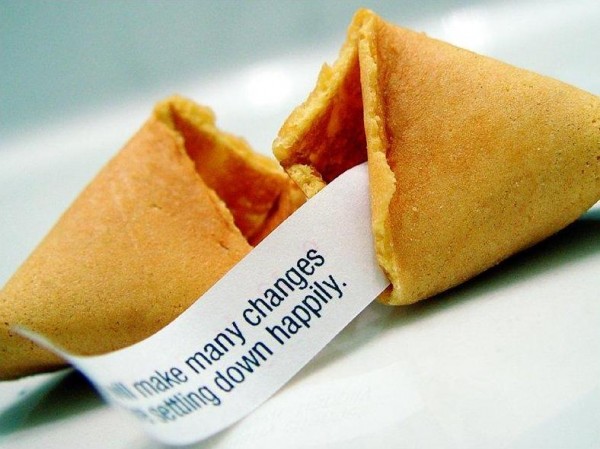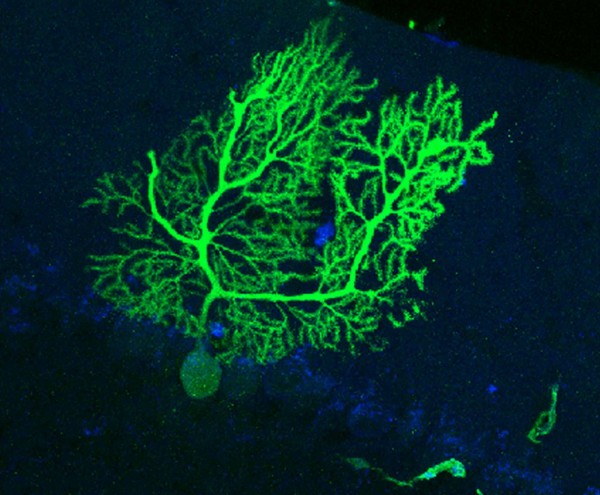10. Clustering Illusion

Source
The clustering illusion is the illusion that random events which occur in clusters are not really random events. The illusion is due to a counter-intuitive assumption about statistical odds.
For example, it strikes most people as unexpected if heads comes up four times in a row during a series of coin flips. Now if you have got 3 consecutive heads, you’d think next flip can’t be heads, though there is still a 50% probability. Thinking that the probabilities have changed is a common bias. This has caused gamers to lose thinking the probability has changed.
9. Reverse Psychology

Source
Do you sometimes do things just because somebody said you shouldn’t? Aren’t you sometimes tempted to do them? When you do something that is forbidden, you may be demonstrating reactance as your motivation. Reactance is a drive to do something you’ve been told (threatened) not to do. We may respond with reactance because we humans just don’t like it when somebody takes away our freedom to choose how we behave. In fact, reactance theory is sometimes called “ forbidden fruit” theory.
The theory assumes there are “free behaviors” individuals perceive and can take part in at any given moment. The level of reactance has a direct relationship to the importance of eliminated or threatened behavioral freedom in relationship to the importance of other freedoms at the time.
8. Paramnesia
Paramnesia also called as Déjà Vu, is when an individual feels as though an event has already happened or has happened in the recent past. The experience of paramnesia seems to be quite common among adults and children alike. Paramnesia or déjà vu is usually accompanied by a compelling sense of familiarity, and also a sense of “eeriness,” “strangeness,” “weirdness”. Certain researchers claim to have found ways to recreate this sensation using hypnosis.
The similarity between a déjà-vu-eliciting stimulus and an existing, but different, memory trace may lead to the sensation. Thus, encountering something which evokes the experience or sensation that cannot be remembered may lead to déjà vu.
7. Apophenia

Source
Apophenia is the experience of seeing patterns or connections in random or meaningless data. Pareidolia is a type of apophenia involving a vague and random stimulus (often an image or sound) being perceived as significant. Common examples include seeing images of animals or faces in clouds, the man in the moon, and hearing hidden messages on records played in reverse.
There have been many instances of perceptions of religious imagery and themes, especially the faces of religious figures. In 1978, a New Mexican woman found that the burn marks on a tortilla appeared similar Jesus’s face. Thousands of people came to see the framed tortilla.
6. Horn’s Effect

Source
Horn’s Effect, also called the devil’s and reverse halo effect is where individuals, brands or other things judged to have a single undesirable trait are subsequently judged to have many poor traits. Allowing a single weak point or negative trait to influence perception of the person, brand or other thing in general. Simplifying it, when we consider a person bad in one area, we are likely to make a similar evaluation in other areas.
5. Disowning Pain Phenomenon

Source
Recently, research at Oxford University has lead to the discovery of a new pain killer – the inverted binoculars. This study demonstrated that distorting the body image alters pain perception – specifically, it was found that using inverted binoculars to make the hand look smaller than it actually was led to a reduction in pain.
The scientists demonstrated that the subjects who looked at their wounded hands through the wrong end of the binoculars, making the hand appear smaller, experienced significantly less pain and decreased swelling. According to the researchers, this demonstrates that even basic bodily sensations such as pain are modulated by what we see. So, the next time you stub your toe or cut a finger, do yourself a favor and look away!
4. The Three Dimensional Sight Phenomenon

Source
Take a look at the spinning girl. Do you see it spinning clockwise or counter-clockwise? I see it spinning counter-clockwise, but i was able to switch it in the other direction. It’s hard for many people. Give it a try.
The spinning girl is a form of the more general spinning silhouette illusion. The image is not objectively “spinning” in one direction or the other. It is a two-dimensional image that is simply shifting back and forth. However, our brains did not evolve to interpret two-dimensional representations of the world. So, our visual processing assumes we are looking at a 3-D image and is uses clues to interpret it as such. Without adequate clues it may just arbitrarily decide a best fit – spinning clockwise or counterclockwise. Once your mind chooses a fit, the illusion is complete and we see a 3-D spinning image.
By looking around the image, focusing on the shadow or some other part, you may force your visual system to reconstruct the image and it may choose the opposite direction, and suddenly the image will spin in the opposite direction.
3. Pygmalion Effect

Source
Pygmalion effect refers to the phenomenon in which the greater the expectation placed upon people, often children or students and employees, the better they perform. The Pygmalion effect is a form of self-fulfilling prophecy, it is a prediction that causes itself to become true. In this respect, people with poor expectations internalize their negative label, and those with positive labels succeed accordingly. For example, you assume you are going to perform badly at your test today so you decrease the effort and end up doing poorly. If I think my relationship with my significant other is going to fail, I start acting differently, pulling away emotionally, which may cause it to fail.
The Pygmalion effect can also result from racial expectations as in Jane Elliott’s experiment, where 3rd graders were divided based on eye color. One group was regarded as “superior” over the other in intelligence and learning ability. On the 2nd day, the groups were reversed. Elliott gave spelling tests to both groups on each day. The students scored very low the day they were racially “inferior” and very high the day they were considered racially “superior.”
2. Purkinje Lights Phenomenon

Jan Purkinje, a founder rather of modern neuroscience, stumbled upon a reliable hallucination as a child. First he closed his eyes, then tilted his head to face the sun and moved his hand back and forth quickly in front of his closed eyes. After few minutes, Purkinje noted of beautiful fractals and figures which gradually became more intricate.
This stimulation seems to short-circuit the visual cortex of brain, its cells start firing in unpredictable bursts, which lead to perception of imaginary images. In this sense, hallucinations are always a side effect of our need to always make sense of reality as the brain struggles to decipher sensory inputs.
1. Placebo Effect

Source
A placebo is a medical intervention that has no physio-chemical effect on the body. If the patient believes the placebo to have healing properties, the placebo will have the desired effect. Commonly used placebos are inert tablets (dummy drugs) and fake surgery or other procedures based on false information. The patient is given an inert pill, told that it may improve his condition, but not told that it is in fact inert. Such an intervention may cause the patient to believe the treatment will change his condition; and this belief may produce a positive therapeutic effect, causing the patient to feel their condition has improved. This phenomenon is known as the placebo effect.

Leave a Reply